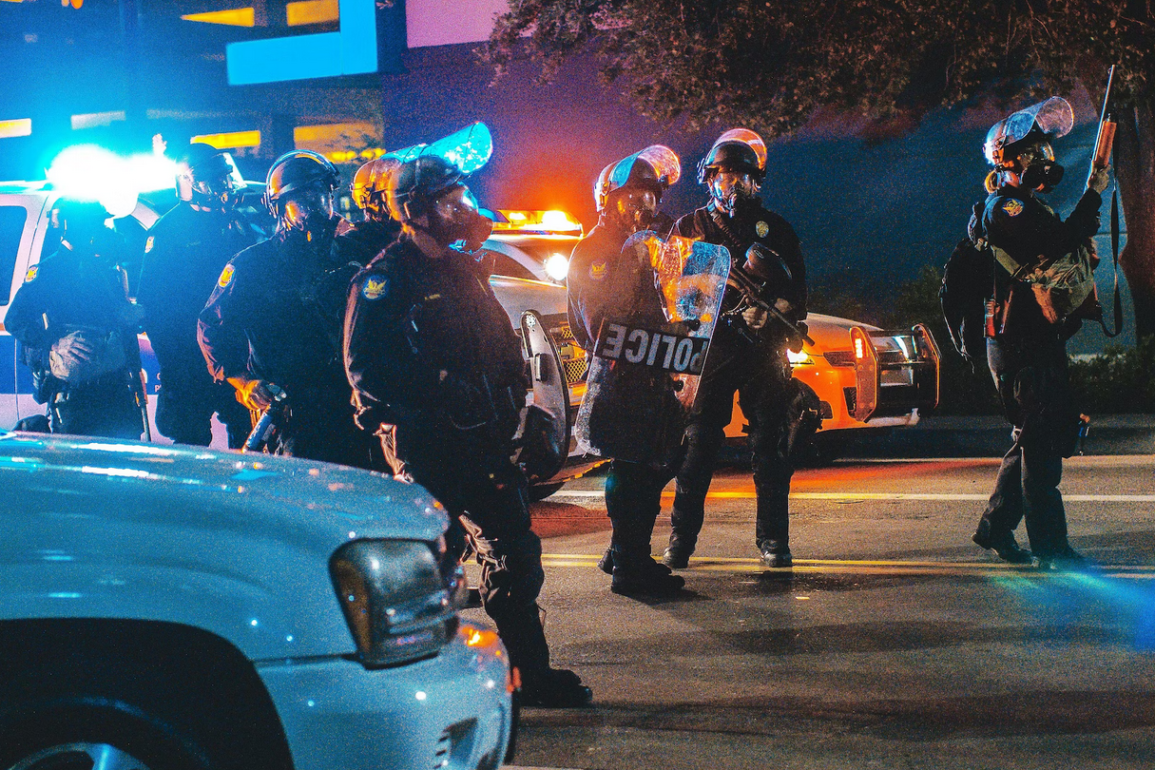In the world of film, police brutality is frequently depicted as a reflection of what society sees and worries about itself. The article discovers how films show this topic, how they change people’s opinions, show or hide the truth. We will look at the troubling link between movie drama and police abuse to learn more about certain films.
Historical Context
The cinematographic odyssey of police brutality goes back to the golden age. In earlier years, films depicted the police as flawless heroes. But as social orientations changed, so did cinema stories. The movies “Serpico” in the seventies and “Crash” later started demonstrating these complicated tendencies of police morals. In addition to the issues of corruption and misuse, these films paved the way for a more intricate depiction of law enforcers in cinema.
The Research and Discussion of Police Brutality in Films
The widespread discussion of such behavior in movies arises from a need to analyze and criticize societal issues. People who examine, write reviews, and go to the movies all look at these pictures to find secret meanings or symbols. This study helps us understand how films affect and are affected by how people feel about officers of the law killings in general. Second, discussing them opens up bigger conversations on race, power, and justice in the real world. This makes them a great way to criticize society. For almost a century, cinema has been an influential medium influencing public perception and consciousness. On this issue, pictures like “Fruitvale Station” and “Detroit” provide vivid representations with minimum censorship processes. These stories reveal the severity of this problem, forcing viewers to see unpleasant truths regarding society and government. It is also one of the most popular themes to discuss police brutality meaning in college or university. Students should critically engage with them. Yet, sometimes, it is challenging. One of the most successful strategies to discover resources is searching for police brutality essay examples, which guarantees a strategic approach. It gives students a complete understanding, helping them fill the gap between cinematic fiction and true realities. As a result, they appreciate the learning and transforming nature of cinema while admitting to their responsibility in reality that requires truth and justice. These descriptions must be authentic. In other cases, films like “Training Day” are viewed as distorting or giving a false idea of its nature. It raises questions about the function of filmmakers in shaping intellectual action and public perceptions related to this highly important problem. It helps one understand the difference between cinematic dramatization and factual representation through school education, college or self-study.

The Educational Perspective
From an instructional perspective, it is possible to think about the analysis of these films as part of a curriculum for a teacher and a student. By writing essays and partaking in class debates, they will master the details of police brutality. Here’s how:
- Essay Writing: The essays on police brutality allow students to formulate their knowledge and attitudes, thus promoting reasoning and analytical abilities.
- Classroom Discussions: In dialogue environments, opinions are shared and deliberated in ways that encourage respect for each other’s perspectives, enhancing empathy.
- Case Studies: Analyzing case studies or close readings of individual scenes and characters within these films to showcase societal nuances.
- Comparative Analysis: By comparing the representation of police brutality in films with real events using cinema and society, students can close the gap between them.
- Media Literacy: However, this exercise also helps develop better media literacy among students who can figure out the place of cinematic representations compared to reality.
- Ethical Reasoning: Mentioning the moral and ethical aspects of actions depicted in these films promotes the development of ethical reasoning.
- Research Projects: Researching these films gives students a deeper sense of the historical and sociopolitical backgrounds in which police brutality occurs.
The critical thinking skills this type of education provides prepare students for citizenship in a country where such issues are common.
The Role of Filmmakers and Storytelling in Addressing Police Brutality
Filmmakers thus assume a critical part in the presentation of police brutality to society. Viewers’ perception of the problem is shaped considerably by the storytelling decisions, which include character development and plot construction. By bringing attention to specific incidents of police violence and its implications. Thus, filmmakers construct a story that negates stereotypes, informing viewer sympathy. This kind of storytelling can capture the entire picture, provide alternating narratives, and stir to arms against social evils.
Conclusion
In summary, the way police brutality is depicted in cinema provides a fascinating perspective on social issues and how effectively film can act as an alarm bell and bring about societal transformation. These movies continue to mirror and fuel public opinions, reinforcing cinema’s role in entertaining, educating, and inspiring progress.



